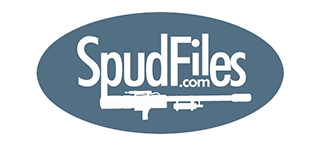Here is the sketch up of the cannon and measuring devices in order to collect more data on which we can speculate:

The general principle is this:
1) press the ignition, recording is started
2) sensor 1 sees the buildup of pressure behind the piston/ammo
3) piston starts to move, causing a pressure wave in front of it, which sensor 2 sees
4) the piston moves over sensor 2, and it sees the 0psi air trapped between the O-rings. The time is recorded and can be used with the time from sensor 3 to figure out how fast the piston was moving
5) rinse and repeat for the rest of the sensors.
From this data hopefully we can see whether the front pressure wave has any effect, if the back pressure suddenly drops off at some point (due to state change or what ever,) and hopefully many other things.
I live very close to CAL, and CAL day is coming up so I will take my plans over there, schmooze up a physics professor, and see if I can borrow some of their equipment.
If it is impossible to get that many sensors, do to their high cost, then I will just put them in one of the positions at a time and shoot off a hell of a lot more shots.
As for consistency, I was thinking that I would put the entire metering system in an ice water bath to keep it at a constant temperature.
What do you think?






